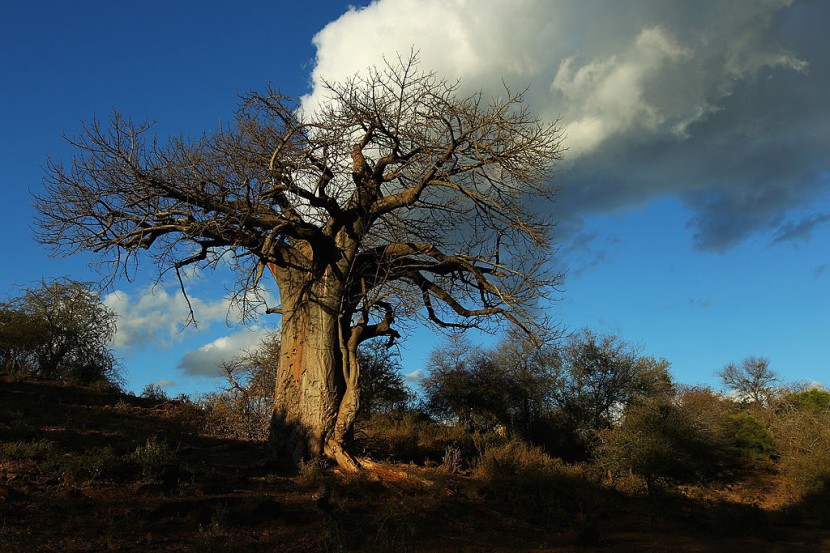
A group of scientists say they have solved the mystery of the origins of Baobab trees.
Baobabs are known as "the tree of life" or "upside down tree" for their strange shapes and longevity.
The trees have attracted tremendous attention because of their striking shape. They have also influenced human culture, inspiring art, folklore and traditions.
According to DNA studies, the trees first arose in Madagascar 41 million years ago, the BBC reported.
The tree's seeds were later carried by ocean currents to Australia and mainland Africa. The trees in those places evolved into distinct species.
The research was carried out by husband and wife team Andrew and Ilia Leitch at Queen Mary University of London and Royal Botanic Gardens Kew said.
Dr. Ilia Leitch said, "This work has uncovered new insights into the patterns of speciation in baobabs and shows how climate change has influenced baobab distribution and speciation patterns over millions of years."
Andrew Leitch said, "We were delighted to be involved in this project uncovering patterns of baobab speciation in Madagascar followed by the astonishing long-distance dispersal of two species, one to Africa and another to Australia."
The trees are in jeopardy due to climate change and widespread deforestation.
The researchers are calling for greater conservation efforts for the trees and warn they may be closer to extinction than previously thought.
© 2025 HNGN, All rights reserved. Do not reproduce without permission.









